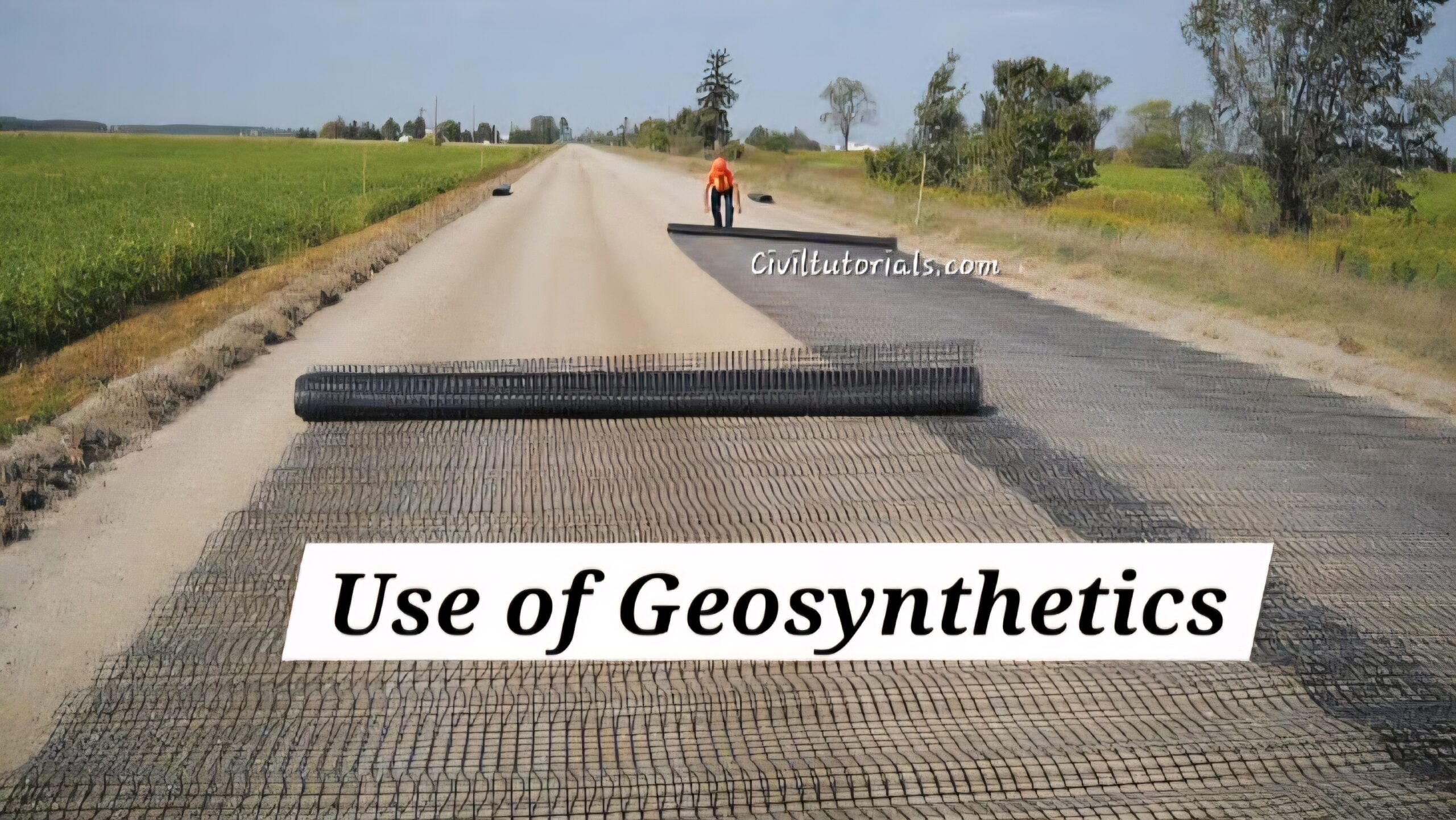GPS Survey Instruments are advanced tools used in land surveying and construction to determine precise locations on Earth by receiving signals from satellites. These instruments are part of the Global Positioning System (GPS), a satellite-based navigation system developed and maintained by the U.S. Department of Defense.
In civil engineering and surveying, GPS Survey Instruments help professionals measure distances, angles, elevations, and coordinates with high precision. The focus keyword “GPS Survey Instruments” highlights their role in modern geospatial data collection, replacing many traditional methods.
How GPS Survey Instruments Work
These instruments work by communicating with a network of satellites orbiting the Earth. At any given time, a GPS receiver must connect with at least four satellites to accurately calculate a position using triangulation.
Key Components
- GPS Receiver: Captures satellite signals
- Antenna: Increases signal accuracy and strength
- Data Logger: Records positional data
- Controller: User interface for managing and viewing data
- Tripod/Pole: Holds the GPS receiver in a fixed position
Types of GPS Survey Instruments
GPS Survey Instruments can be categorized based on their accuracy, operation mode, and purpose.
1. Handheld GPS Units
- Lightweight and portable
- Suitable for rough terrain
- Lower accuracy (within a few meters)
Used for:
- Reconnaissance
- Preliminary surveys
- Hiking or mapping trails
2. Mapping-Grade GPS
- Medium-level accuracy (sub-meter)
- Used in GIS data collection
- Often combined with field mapping software
Advantages:
- Cost-effective
- Good for utilities and infrastructure surveys
3. Survey-Grade GPS
- High accuracy (centimeter-level)
- Also known as RTK GPS Instruments
- Used in precision surveying and construction
Features:
- Real-Time Kinematic (RTK) correction
- Compatible with GNSS (GPS, GLONASS, Galileo, BeiDou)
- Ideal for boundary marking and stakeouts
4. Static GPS
- Measures positions over long durations
- Requires post-processing
- High-precision geodetic surveys
Applications:
- Control point establishment
- National mapping systems
5. Differential GPS (DGPS)
- Corrects real-time GPS signals using base stations
- Accuracy within 1–3 meters
- Often used in marine and agricultural applications
Advantages of GPS Survey Instruments
Using GPS Survey Instruments in the field offers numerous benefits over conventional methods.
Accuracy and Precision
- Achieve centimeter to millimeter accuracy with RTK
- Reduce human errors
- Improves data reliability for construction and design
Time-Saving
- Speeds up large-scale land surveys
- Minimizes time spent in the field
- Quick setup and fast data collection
Versatility
- Works in remote or inaccessible areas
- Usable in all weather conditions
- Integrates with GIS, CAD, and BIM systems
Cost-Effective
- Reduces manpower requirements
- Less need for rework due to high precision
- Minimizes field-to-office trips
Real-Time Data
- Instant location feedback with RTK
- Supports immediate decision-making
- Ideal for dynamic site conditions
Applications of GPS Survey Instruments
GPS Survey Instruments are used in a wide range of civil engineering and infrastructure development projects.
Land Surveying
- Boundary demarcation
- Topographic data collection
- Plot subdivision
Construction Projects
- Setting out foundations
- Aligning roads and structures
- Verifying excavation levels
Road and Highway Development
- Route alignment
- Earthwork volume calculations
- Road centerline marking
Bridge and Railway Projects
- Pier and abutment positioning
- Track alignment
- Structure monitoring
Utility Mapping
- Underground cable and pipe location
- Sewer and drainage planning
- Electrical and water network surveys
Environmental and Disaster Management
- Flood zone mapping
- Forest and wildlife tracking
- Earthquake and landslide assessments
GPS Survey Instruments vs Traditional Survey Tools
| Feature | GPS Survey Instruments | Traditional Survey Instruments |
|---|---|---|
| Accuracy | Centimeter to mm-level (RTK) | Varies (Total Station, Theodolite) |
| Speed | Very fast | Slower due to manual measurements |
| Coverage | Global, no line-of-sight needed | Limited by terrain visibility |
| Setup | Minimal equipment | Tripod, staff, level required |
| Data Integration | Easy with CAD/GIS | Needs manual entry |
| Environment | All-weather capable | Weather-sensitive |
GPS Survey Workflow
Here’s a simplified GPS survey workflow using RTK:
- Set up base station on a known point
- Turn on rover unit with RTK receiver
- Receive corrections from base via radio/internet
- Begin surveying by walking or positioning rover
- Record position on controller software
- Export data for CAD or GIS use
Real-Time Kinematic (RTK) GPS Explained
RTK is a powerful GPS mode that improves positional accuracy to within centimeters. It works by using:
- A base station placed at a known point
- A rover unit that moves and collects data
- Corrections transmitted via UHF or NTRIP
RTK GPS Survey Instruments are widely used in precision engineering projects like:
- Smart road construction
- Bridge deck elevation
- Drainage slope setup
Static vs Kinematic GPS Surveys
| Parameter | Static GPS | Kinematic GPS (RTK) |
|---|---|---|
| Accuracy | Highest (mm level) | High (cm level) |
| Duration | Long (hours) | Short (real-time) |
| Application | Geodetic control | Construction and layout |
| Data Type | Post-processed | Real-time output |
| Complexity | High | Medium |
GPS Survey Software and Integration
Modern GPS Survey Instruments are often bundled with software tools for better accuracy and reporting:
- Trimble Access
- Topcon Magnet Field
- Leica Captivate
- Carlson SurvCE
- FieldGenius
These allow:
- Stakeouts
- Feature coding
- Map overlays
- Integration with GIS/CAD
GPS Signal Sources and GNSS Support
Advanced GPS instruments support multiple global navigation systems (GNSS):
- GPS (USA)
- GLONASS (Russia)
- Galileo (EU)
- BeiDou (China)
- SBAS for signal augmentation
Multi-GNSS support improves:
- Signal reliability
- Positioning speed
- Accuracy in obstructed areas
Limitations of GPS Survey Instruments
While powerful, GPS-based surveys have certain limitations:
- Obstructions: Signal loss near tall buildings, forests
- Atmospheric interference: Solar flares and ionosphere can impact accuracy
- Battery dependence: Instruments must be charged
- Internet requirement: For RTK corrections via NTRIP
GPS Survey Instrument Maintenance
To ensure longevity and accuracy, follow these tips:
- Keep firmware updated
- Clean antenna and contacts regularly
- Store in a dry, dust-free case
- Charge batteries fully before use
- Calibrate base and rover units periodically
Future of GPS in Surveying
With technologies like 5G, AI, and cloud computing, GPS Survey Instruments are becoming smarter and more integrated. Future trends include:
- Augmented reality survey interfaces
- Cloud-synced real-time collaboration
- AI-based error correction
- Mobile app-based control
FAQs about GPS Survey Instruments
What are GPS Survey Instruments used for?
They are used to measure positions, elevations, and coordinates accurately for construction, land development, and engineering projects.
How accurate are GPS Survey Instruments?
Survey-grade GPS can achieve accuracy within 1–2 cm with RTK, and up to 1 mm in static mode.
What is the difference between RTK and normal GPS?
RTK uses a base station to send correction data to a rover, improving accuracy to centimeter-level, unlike normal GPS which is accurate to a few meters.
Can GPS be used for underground utilities?
GPS helps locate surface access points, but underground utility mapping often requires additional sensors or ground-penetrating radar.
What is GNSS in surveying?
GNSS stands for Global Navigation Satellite Systems, which includes GPS and other international satellite systems. GNSS receivers provide better accuracy and reliability than GPS alone.











